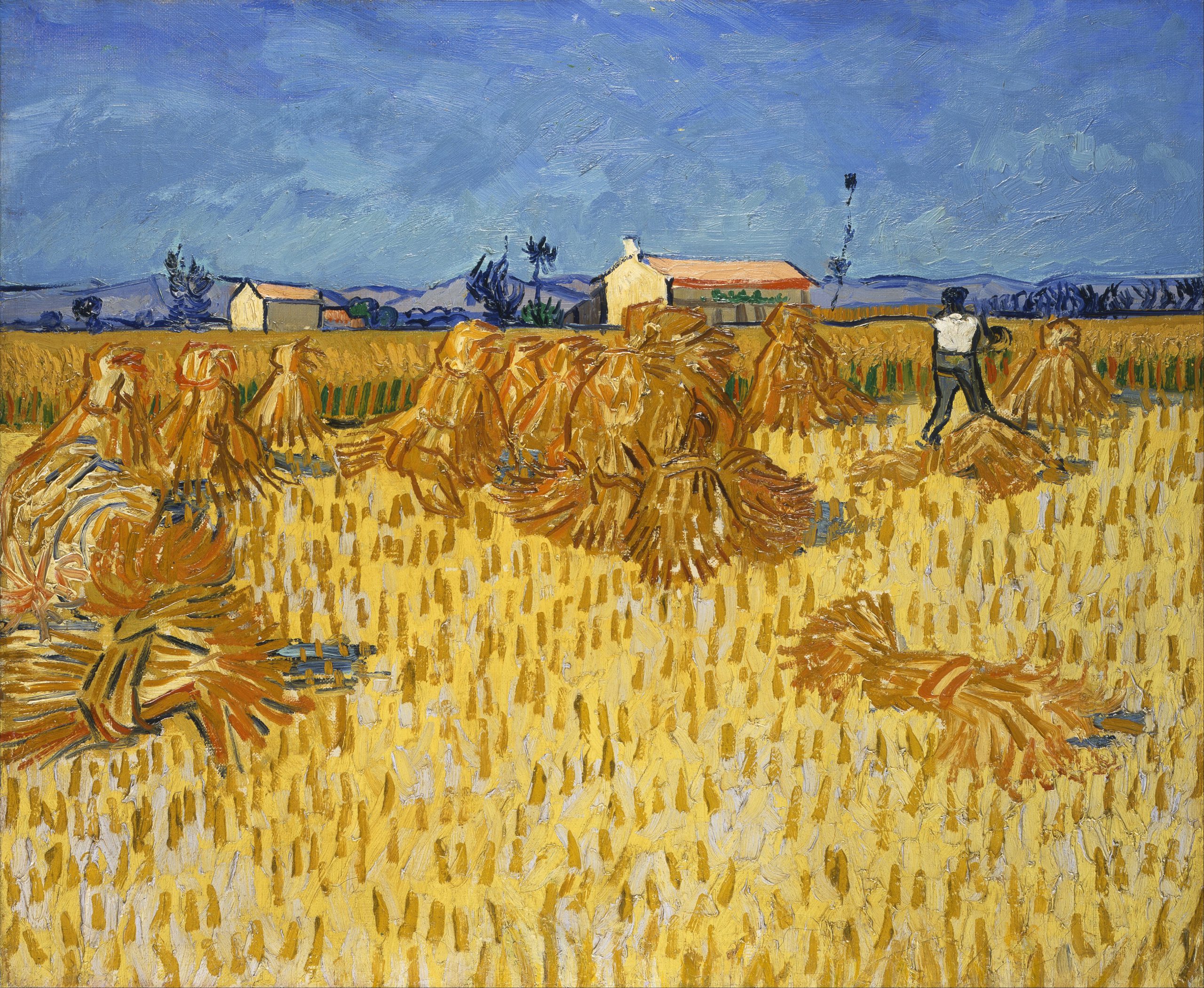
The year 1948 marked a watershed time in cinema. Neo-realism took hold with Vittorio de Sica’s “Bicycle Thieves.” The Supreme Court ruled that Hollywood studios could not own their own movie theaters, and that decision helped to hasten the end of the studio system. Meanwhile, several actors who would go on to long careers all made their film debuts in just one 1948 movie. Kathleen Freeman, James Gregory, Nehemiah Persoff, and John Randolph bowed in “The Naked City,” now regarded as a landmark of film noir—a movement that many cinephiles agree hit its summit in 1948.
So the traveling film festival known as Noir City tips its fedora to 1948 for its latest edition, which runs Aug. 25-31 at the Music Box. Presented by the San Francisco-based Film Noir Foundation, the festival is programmed by Eddie Muller, the foundation’s founder and Turner Classic Movies host (and emcee of TCM’s weekly “Noir Alley” showcase), and Alan K. Rode, author and film historian, and a Film Noir Foundation board member.
“Using 1948 as a theme is a simple way of showing how prevalent noir was then,” said Muller, who will introduce and host the opening-weekend titles at the Music Box. “It was the high-water mark of noir. ‘Key Largo’ was released in July, followed by ‘Sorry Wrong Number’ in September. It’s remarkable that they came out within weeks of each other. That’s evidence there was a movement afoot in Hollywood. When you see so many films by [director Anthony] Mann and [cinematographer John] Alton”—referring to the 1948 noir trifecta of “T-Men,” “He Walked by Night” and “Raw Deal”—“it’s not just a coincidence.”
Rode, who takes over hosting duties Aug. 28-31, adds, “It’s undoubtedly a significant year. There’s such a rich resume of films from 1948,” citing “Key Largo,” “Force of Evil,” “I Walk Alone” and “The Naked City,” all of which will be screened at Noir City Chicago.
Fittingly, this year’s lineup features two titles set and filmed in the Windy City: “Call Northside 777” with James Stewart and “Chicago Deadline” with Alan Ladd. Based on a real-life wrongful conviction case, “Northside” follows a reporter (Stewart) as he attempts to right the scales of justice. “It’s a different Jimmy Stewart, a tougher one, in a part that paves the way for his darker roles in the ’50s,” Muller said. Directed by Henry Hathaway, “Northside” boasts a great supporting cast of Richard Conte, Lee J. Cobb, Betty Garde, E.G. Marshall, and John McIntire (in his film debut), all used to great effect by Hathaway. Though he directed almost 70 films in a career that stretched from the silent era to the ’70s, Muller and Rode think Hathaway hasn’t received his due. “He gets lost in the shuffle because he’s not a myth maker like John Ford or Howard Hawks,” Muller said. “He’s a craftsman and doesn’t have a signature style. In the ’50s, he became the poor man’s Anthony Mann.”
The other hometown noir is “Chicago Deadline,” a rarity that has never been screened previously at Noir City. This time, the reporter turns into an actual sleuth after he stumbles over the body of a murdered prostitute and her address book. Based on the notorious Starr Faithfull case of the 1930s, the film unfolds in flashback, with Donna Reed as the dead damsel. A few years later, Reed would win a best supporting actress Oscar as a “nightclub hostess” (i.e., call girl) in “From Here to Eternity.”
For 1948 movies, the best supporting actress Oscar went to Claire Trevor, often called “The Queen of Film Noir.” She appears in three Noir City titles: “Key Largo,” “Raw Deal” and “The Velvet Touch.” “She’s like the Henry Hathaway of actresses,” Muller said. “It’s so funny that she doesn’t get mentioned that much, but she made more noirs than any other actress. She’s such a dame, and the most splendid of all actresses.” (In the noir world, that’s a genuine compliment, no matter what younger filmgoers might think.)
This year, 12 of the 18 titles at Noir City Chicago will be screened in 35mm instead of digitally. “It’s a two-pronged thing,” Muller said. “Other venues don’t want to deal with 35mm. That’s not the case at the Music Box, of course. When we started Noir City 20 years ago, it was 35mm only because the DCPs were so bad. But I have few complaints about digital stuff now.”
Muller remains enamored of celluloid, however. “There’s something so fabulously romantic about film cans,” he said. “I get such a charge out of seeing them stacked in a projection booth. With the rise of digital projection, you may never see that again.”
With that thought in mind, let’s cue a riff on a famous opening narration: There are over 8 million stories in Noir City. Here are 18 of them.
Friday, Aug. 25
“Key Largo” (35mm), 7 p.m.: In their last screen pairing, Bogie and Bacall ricochet off a noir dream team of Edward G. Robinson, Lionel Barrymore, Thomas Gomez, Marc Lawrence, and Claire Trevor, directed by John Huston. As a hurricane approaches, a World War II veteran (Bogart) finds himself among the hostages of mob boss Johnny Rocco (Robinson, in a composite of Al Capone and Lucky Luciano). As Rocco’s mistress, a washed-up torch singer named Gaye Dawn, Trevor endures a series of humiliations, including a forced rendition of “Moanin’ Low”—but received a Best Supporting Actress Oscar in the bargain.
“The Lady from Shanghai” (DCP), 9:15 p.m.: In another quadruple-threat turn as actor, co-writer, producer, and director, Orson Welles (as protagonist Michael O’Hara) lays it all out in the opening narration: “I’d known where it would end, I’d never let anything start … if I’d been in my right mind, that is. But once I’d seen her, I was not in my right mind for quite some time.” In this Tilt-a-Whirl of a murder mystery, O’Hara pursues the beguiling Mrs. Banister (Rita Hayworth) in what Muller and Rode call “one of the most startlingly inventive crime films ever released by a Hollywood studio.”

Saturday, Aug. 26:
“Force of Evil” (DCP), 2:15 p.m.: In his directorial debut, writer Abraham Polonsky crafts an exposé of the New York City numbers racket as two brothers (John Garfield and Thomas Gomez) battle between themselves and the mob. Arguably the most radical film from mainstream Hollywood, “Force of Evil” reflects Polonsky’s political beliefs (he was an avowed communist, even while serving in the OSS during World War II). By 1951, he became another victim of the blacklist; his name would not appear onscreen until “Tell Him Willie Boy Is Here” (1969), which he wrote and directed.
“The Spiritualist” (35mm), 4:15 p.m.: The short-lived but influential studio Eagle-Lion (1945-50) produced this B-movie, also known as “The Amazing Mr. X,” with Turhan Bey (aka the Turkish Valentino) in a rare starring role as a shady psychic. He tries to persuade a wealthy widow (Lynn Bari) and her daughter (Cathy O’Donnell) that he can communicate with the dead and then schemes to pry dollars from his dupes. Eagle-Lion also released the seminal noirs “Repeat Performance,” “Hollow Triumph,” “T-Men,” “Trapped,” “He Walked by Night,” and “Raw Deal” (the latter two are in this year’s lineup). Muller and Rode consider “The Spiritualist” one of the best noir Bs, thanks to the outstanding chiaroscuro cinematography by John Alton and the original story by noir stalwart Crane Wilbur.
“Call Northside 777” (DCP), 6:45 p.m.: When a scrubwoman places a newspaper notice in her quest to exonerate her wrongfully convicted son (Richard Conte), the Chicago Times (forerunner of the Chicago Sun-Times) springs into action. Though Muller and Rode admit that Henry Hathaway’s documentary-style thriller is “noir adjacent,” it’s a must-see for noir fans due to its stellar performances, Joe MacDonald’s stunning cinematography, and vintage footage of Chicago in the ’40s.
“Road House” (35mm), 9:15 p.m.: Torn between two lovers, a club singer (Ida Lupino) makes a foolish move. She tosses aside road-house owner Jefty (Richard Widmark), a man obviously with parts on order (to borrow a phrase from Roger Ebert), for his friend and club manager (Cornel Wilde). Once scorned, Jefty plots his revenge. In another twisty turn after his bravura film debut as the psychotic Tommy Udo in “Kiss of Death” (1947), Widmark steals the show.
Sunday, Aug. 27
“He Walked by Night” (35mm), 2 p.m.: Richard Basehart triumphs in a breakthrough role as a psychotic loner—based on the real-life 1946 crime spree of Erwin “Machine Gun” Walker—who graduates from misdemeanors to murder. Working with John Alton, an uncredited Anthony Mann conjures suspense and genuine terror as a police dragnet winds through the dank, subterranean storm-drainage caverns beneath Los Angeles.
“The Velvet Touch” (35mm), 4:15 p.m.: In this rarely screened thriller, a Broadway actress (Rosalind Russell) accidentally murders her producer — and obsessive former lover (Leon Ames). She’s suspected by her stage rival (Claire Trevor) of stealing his affections and snuffing out his life. Rode calls it the distaff answer to “A Double Life” (1947) with Ronald Colman in his Oscar-winning turn as a murderous Shakespearean thespian. Sydney Greenstreet, usually a screen-heavy (literally and figuratively), has a rare sympathetic role as a police inspector.
“The Big Clock” (35mm), 6:45 p.m.: In a race against time, a magazine editor (Ray Milland) must solve a murder but discovers he’s the prime suspect. The “fataled” femme is the mistress of his publisher, the evil Earl Janoth (Charles Laughton), described by Rode as “someone slimy, dipped in Crisco,” accompanied by his sinister aide (an eerily effective Harry Morgan, who creates menace without a line of dialogue). Laughton biographer Simon Callow wrote: “We know everything about what Janoth is, and how he works—like a clock, as it happens, the image that dominates and unifies the whole film.” The movie marks one of 10 collaborations between director John Farrow and screenwriter Jonathan Latimer, a Chicago-born journalist with stints at the Chicago Herald Examiner and Chicago Tribune before he went Hollywood.
“Unfaithfully Yours” (DCP), 8:45 p.m.: Writer/director Preston Sturges parodies the noir genre in what Rode describes as “an offbeat, weird movie within a movie.” Jealous of his much younger wife (Linda Darnell), an imperious conductor—is there any other kind?—plots how to murder the wayward spouse, whether to the strains of Tchaikovsky’s Francesca da Rimini, Rossini’s Semiramide or Wagner’s Tannhäuser (the decision should be obvious: Wagner, of course). Rex Harrison excels as the conductor in a film that’s as much about the creative process as it is about romantic relationships. No less an authority than Quentin Tarantino regards “Unfaithfully Yours” as “the ninth best movie of all time.”

Monday, Aug. 28
“The Naked City” (DCP), 7 p.m.: Considered one of the most influential Hollywood films of all time, “The Naked City” set the prototype for the police procedural. “It’s also a time capsule,” Rode said. “It shows a New York City that in four years or so wouldn’t exist anymore.” Produced by Mark Hellinger, a consummate Manhattanite, “it’s right out of the Damon Runyon school, a valentine to New York City.” Just a few years later, its director (Jules Dassin) and one of its writers (Albert Maltz) would fall victim to the blacklist.
“I Walk Alone” (DCP), 9:15 p.m.: After bootlegger Frankie Madison takes the rap for his former partner, he discovers that his accomplice Noll “Dink” Turner, now a hot-shot nightclub operator, has reneged on their financial deal. In the first of their seven films together, Burt Lancaster and Kirk Douglas face off masterfully against each other. “The scene where Kirk explains to Burt what the score is … that one scene does what it takes ‘Force of Evil’ 90 minutes to do,” Muller said. As the duplicitous partner, “Kirk is a forerunner of Trump.”
Tuesday, Aug. 29
“Chicago Deadline” (35mm), 7 p.m.: On the trail of a murderer, a reporter (Alan Ladd) falls in love with the dead victim (Donna Reed). Rode picked this film, which he notes, “everyone compares to ‘Laura,’” referring to Otto Preminger’s 1944 noir with a similar premise. “As a tough reporter, Alan Ladd was never better cast than he was in this movie,” Rode said. The novel One Woman, by Freeport, Illinois, native Tiffany Thayer, inspired the movie, and two decades later, the made-for-TV movie and subsequent series “(Fame Is) The Name of the Game.” “Larceny” (35mm), 9 p.m.: The grifters Silky and Rick (Dan Duryea and John Payne) try to shake down a war widow (Joan Caulfield). Shelley Winters, in her second credited screen role as Tory, Silky’s moll, is along for the ride. “Tory’s like a high-tension wire,” Silky admits. “Once you grab on, you can’t let go.” Much like the lady herself. As Rode insists, “Who could resist a noir with Shelley Winters and Dan Duryea?”

Wednesday, Aug. 30
“Blood on the Moon” (35mm), 7 p.m.: Robert Mitchum trades his fedora for a Stetson in this tale about a homesteading dispute, directed by Robert Wise in what he called his “first big feature.” Shot by virtuoso noir cinematographer Nicholas Musaraca, “Blood on the Moon” “makes a case for the noir Western,” said Rode, who just wrote a book about the movie for the Reel West series published by the University of New Mexico. “It was Robert Wise’s first A-movie, and it explores the same netherworld of corruption found in many noirs but only moved to the West. It set the pace for Westerns like Anthony Mann’s and Budd Boetticher’s and changed how Westerns evolved in the ’50s. It’s much darker and more ambiguous.”
“Moonrise” (35mm), 9 p.m.: The sins of the father are visited upon the son (Dane Clark) in “Moonrise,” regarded as the last important film by Frank Borzage, winner of the first Best Director Oscar (for 1927’s “Seventh Heaven”). “It’s an extraordinary film. Borzage, who’s known for his relentless optimism, is the last director you’d think of for a noir,” Muller said. “But it has that sense of true romanticism that marked his silent-era masterpieces.”
Thursday, Aug. 31
“Cry of the City” (35mm), 7 p.m.: Two childhood friends from New York’s Little Italy find themselves on opposite sides of the law as crook (Richard Conte) and cop (Victor Mature). Muller and Rode regard director Robert Siodmak as one of their favorite noir auteurs. This film is “the most perfectly realized, thematically and stylistically, of all his noirs,” Rode said. It was shot entirely on location with a stellar supporting cast of Fred Clark, Betty Garde, Berry Kroeger, Shelley Winters, and the indomitable Hope Emerson (in her film debut).
“Raw Deal” (35mm), 9:15 p.m.: After setting off genre sparks with “Railroaded!” and “Desperate” (both 1947), director Anthony Mann created his quintessential yet quirky noir “Raw Deal,” which Muller poetically tabs as “pure pulp for noir people.” Aided by his gal pal (Claire Trevor), convict Joe Sullivan (Dennis O’Keefe) escapes from prison but discovers that he’s been set up by his erstwhile partner in crime (Raymond Burr, at his hulking best). Meanwhile, a social worker (Marsha Hunt) vies for Sullivan’s soul—indirectly, his affections. Muller emphasizes that John Alton’s camerawork makes “Raw Deal” “the most visually stylish noir of them all.”
For more information about this year’s Noir City screenings, including tickets and showtimes, click here.




